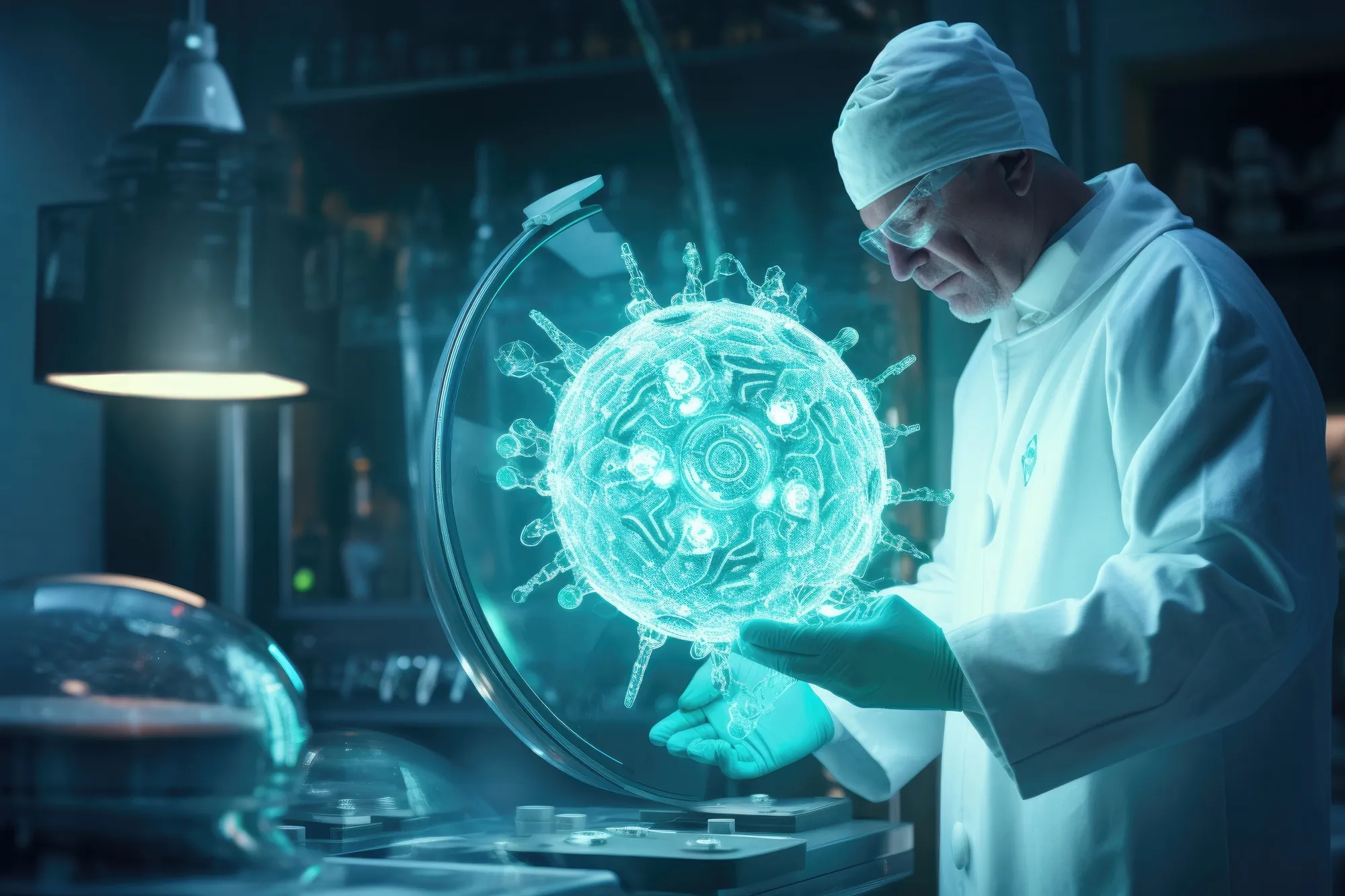Recent advances in biotechnology have witnessed a game-changing evolution in the methods used for cell separation – a critical step in a wide spectrum of scientific explorations and medical interventions. A comprehensive review published on January 12, 2024, in the reputable journal Biotechnology Advances, explores this very progress in passive microfluidic devices that have begun to carve a niche for themselves within the broader context of cell separation technology.
The review, entitled “Passive Microfluidic Devices for Cell Separation” and authored by an international team led by Prof. Zhang Tianlong and including distinguished researchers such as Prof. Dino Di Carlo and Prof. Chwee Teck Lim, delves deep into the methodology and applications of passive microfluidic systems—techniques that sort cells without the need for external forces. Published under the DOI 10.1016/j.biotechadv.2024.108317, this article offers invaluable insights into the current state and future potential of this rapidly evolving field.
Cell separation plays a pivotal role in the understanding of intricate cellular processes, the study of diseases, and the development of approaches ranging from tissue engineering to regenerative medicine and beyond. Traditional methods often necessitated the use of labels or external fields to sort cells, limiting their scalability and increasing both complexity and cost. The advent of passive microfluidic devices has opened up a new era – one characterized by lower costs, higher efficiency, and minimal sample processing.
What Are Passive Microfluidic Devices?
Passive microfluidic devices rely on the inherent properties within the microchannels and fluid mechanics to separate cells. They leverage the differences in physical properties such as size, density, and deformability to segregate individual cell types from a heterogenous mixture. A multitude of approaches within this domain have been explored, including methods like filtration, adhesion-based techniques, and pinched flow fractionation (PFF).
One of the most notable techniques within passive microfluidics is deterministic lateral displacement (DLD), which employs a lattice of micropillars to direct cells along specific paths depending on their size. Similarly, inertial microfluidics uses the balance of different forces within the channels to focus and segregate cells. Each method has unique advantages and has been optimized for different cell types and separation markers.
The Promise of a Passive Approach
The practicality of developing cost-effective and user-friendly devices without requiring external energy sources places passive microfluidics at the forefront of cell separation technology. As Prof. Di Carlo from the University of California, Los Angeles, states, “These passive systems are not just laboratory curios; they have the potential to democratize complex cell separation tasks for wider application.” This sentiment is shared by Prof. Lim of the National University of Singapore, who highlights the potential applications in “point-of-care diagnostics and personalized medicine.”
Commercialization and Implementation
The review doesn’t merely speculate on theoretical applications but provides a thorough examination of the commercialization journey for these technologies. With multiple startups and established companies already venturing into this sphere, the authors forecast a robust integration of passive microfluidics into contemporary biotech and healthcare markets.
Challenges and Future Directions
While the advantages are plentiful, the review also discusses the hurdles facing passive microfluidic devices. Among these are the need for higher throughput, the ability to handle more complex and viscous biological samples, and the integration within larger automated systems.
The review concludes with a prospective gaze into what the future might hold – particularly the refining of hybrid systems. These would combine the best aspects of passive and active microfluidic techniques, potentially opening new avenues for even more precise and efficient cell separation.
Keywords
1. Passive microfluidic devices
2. Cell separation technology
3. Biomedical engineering innovations
4. Microfluidics cell sorting
5. Biotechnology advances
References:
1. Zhang, T., Di Carlo, D., Lim, C. T., Zhou, T., Tian, G., Tang, T., … & Yalikun, Y. (2024). Passive microfluidic devices for cell separation. Biotechnology Advances, 71, 108317. https://doi.org/10.1016/j.biotechadv.2024.108317.
2. Gossett, D. R., Weaver, W. M., Mach, A. J., Hur, S. C., Tse, H. T., Lee, W., … & Di Carlo, D. (2010). Label-free cell separation and sorting in microfluidic systems. Analytical and bioanalytical chemistry, 397(8), 3249-3267.
3. Bhagat, A. A., Bow, H., Hou, H. W., Tan, S. J., Han, J., & Lim, C. T. (2010). Microfluidics for cell separation. Medical & biological engineering & computing, 48(10), 999-1014.
4. Shields, C. W., Reyes, C. D., & López, G. P. (2015). Microfluidic cell sorting: a review of the advances in the separation of cells from debulking to rare cell isolation. Lab on a Chip, 15(5), 1230-1249.
5. Sajeesh, P., & Sen, A. K. (2014). Particle separation and sorting in microfluidic devices: a review. Microfluidics and nanofluidics, 17(1), 1-52.
The authors of the review declare no competing interests, with an exception noted for K.G., who is a shareholder of CYBO, LucasLand, and FlyWorks.
